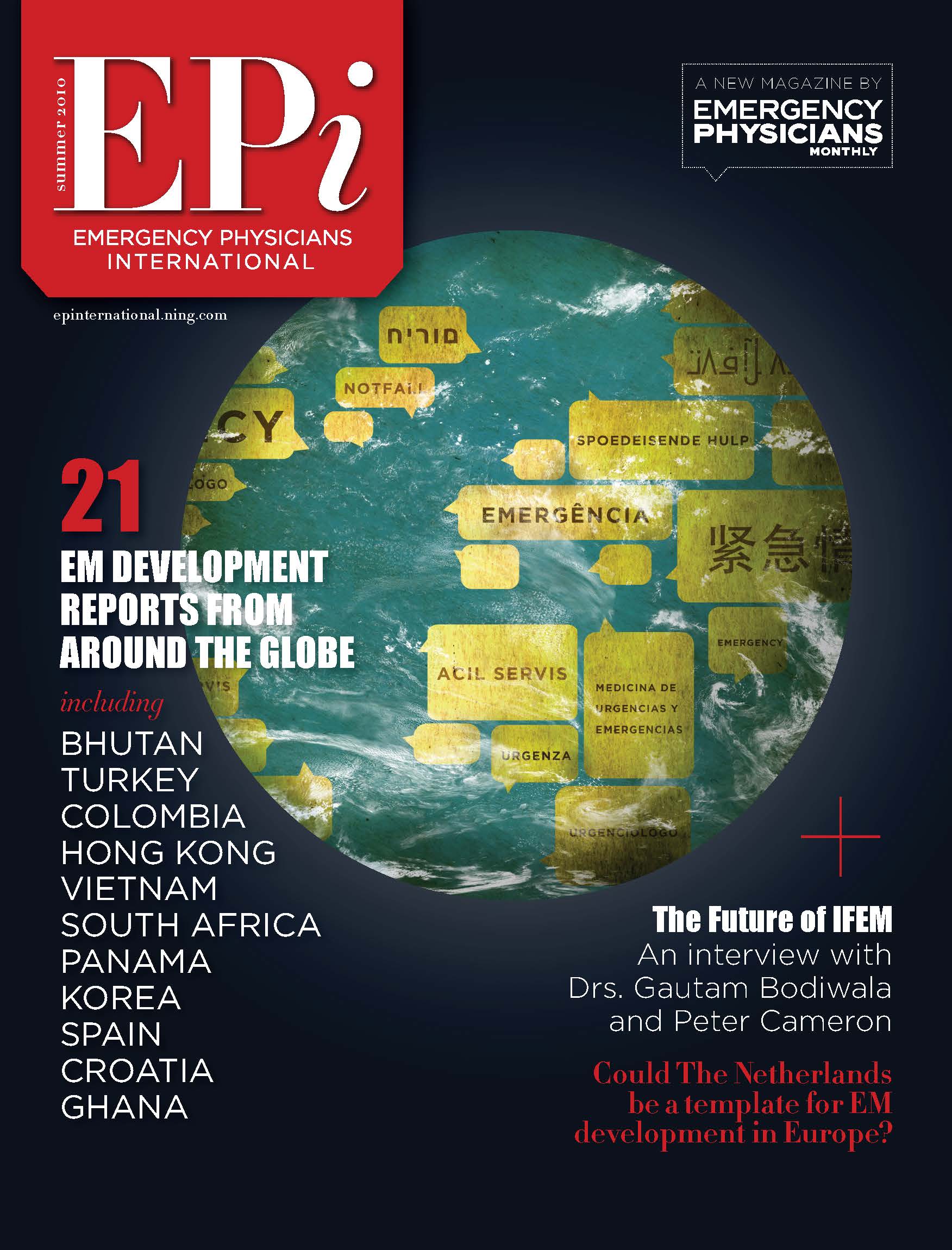STOP THE BLEED: Mass Shooting Response
The Department of Defense and the American College of Surgeons STOP THE BLEED program was initiated following mass casualty incidents in the United States, such as the Sandy Hook Elementary School shooting in 2012. The 2013 Boston Bombing in particular illustrated an opportunity for bystanders to take on life saving roles in situations of major hemorrhaging, in preparation for EMS arrival. One example of bystanders initiating life saving measures during this event was by applying tourniquets using belts, cloth, and other easily accessible materials at the time. “All tourniquets were improvised, and no commercial, purpose-designed tourniquets were identified. Among all 243 patients, mortality was 0%” (King et al., 2015). A silver lining from this tragedy emerged; the public could be further educated and prepared on techniques of bleeding control, allowing an earlier initiation of treatment, and an increased probability of survival from major hemorrhages.
STOP THE BLEED provides the public with comprehensive training on both the recognition of major bleeding, as well as methods of bleeding control; these instances can be in response to mass casualty incidents, as well as home- and work-related injuries. This training is an hour long, and is paired with a hands-on skills practice to assure participant confidence with the material covered. STOP THE BLEED educates the public using the acronym “ABC”, which stands for: Alert, Bleeding, Compress. Once assuring the scene is safe, the “Alert” step indicates that bystanders should call 911 immediately. The “Bleeding” stage of this framework represents locating and identifying the bleeding injury, including steps like differentiating between life threatening bleeds from other traumatic injuries. “Compress” finishes off the sequence with the most effective methods for compressing the bleeding, whether that be applying direct pressure, using a commercially designed or improvised tourniquet for injuries to extremities, or wound packing for torso junctional wounds.
In addition to guidelines on proper procedure, participants are also educated on contraindications for bleeding control, such as how tourniquets cannot be applied to torso junctional and other non-extremity wounds, as well as how direct pressure cannot be released until EMS arrival. The signs and symptoms of shock and internal bleeding are also reviewed, so bystanders can identify and communicate potential complications to EMS personnel, as well as understand what they can do within their minimal scope of practice to address these complications (i.e., for shock, applying a blanket or other cloth material available to retain body heat). Tourniquet use is reviewed in detail, to assure bystanders are not just comfortable, but confident in their ability to apply and even improvise tourniquets for major hemorrhages. Common mistakes to avoid during tourniquet application are identified, such as delayed application or loosening it to accommodate patient discomfort. Participants are provided demonstrations on how to apply commercial tourniquets, as well as how to improvise tourniquets from accessible materials in the event that a commercial tourniquet is not available. Following the demonstration, participants practice applications of both styles of tourniquets on arms and legs, as well as practice applying tourniquets on themselves.
Torso junctional wounds are also reviewed in detail; it is critical that bystanders fully understand the severity of the wound, as well as the proper dynamics for wound packing. Hemostatic dressings are defined and reviewed, and last resort substitutes (preferably clean cloth) are identified in the event that a bystander does not have access to a hemostatic dressing at the time of the injury. Wound packing is also demonstrated by instructors, and practiced by participants. In my STOP THE BLEED courses, I used a pillow with a punctured hole that exposed the stuffing to simulate an injury caused by shrapnel or a bullet; participants would practice packing the wound using 2-inch gauze rolls, which represented a hemostatic dressing. Although this simulation is not perfect, it allowed participants to adequately practice the concept. Following the wound packing practice, participants learn about STOP THE BLEED personal bleeding control kits, as well as wall-mounted kits produced for public spaces. STOP THE BLEED does not just train the public, but also provides and advocates for the accessibility of bleeding control kits in public spaces, similar to the practice already established with AEDs. For more information on STOP THE BLEED course content, how to obtain STOP THE BLEED kits, and how to get involved, please visit: https://www.stopthebleed.org/
I became a STOP THE BLEED instructor in 2017 during my time as a volunteer NYS EMT-B for Skidmore College EMS (SCEMS). I was a member of their Community Education Division, and we decided STOP THE BLEED was an essential public health initiative to bring to campus. Although Skidmore has not experienced a mass casualty incident, we identified several instances where content from STOP THE BLEED would benefit the student body, as well as faculty, administration, and other staff. Common mechanisms of injury include common household injuries such as cuts from a knife while cooking, as well as trauma from bikes, skateboards, and other physical activities. Although major bleeds are not particularly common on campus, educating our community on bleeding control could further prepare participants to initiate care while waiting for SCEMS to arrive. We provided these free trainings to the campus on a regular basis, as well as for events such as Collegiate EMS Week and various staff events. Not only did this allow us to provide community education, it allowed us to promote our student-run EMS service, and the importance of calling us during campus medical emergencies.
Additional benefits to providing these trainings include increased accessibility to medical knowledge and education, and an emphasis on compassionate care in the prehospital setting. CPR and EMT courses usually cost money, and are not always financially accessible to all students. Providing these free trainings on our campus allowed students, as well as other members of the campus, to have access to the tools they need to possibly one day save a life. Their completion of the training can also further benefit students as they pursue career and employment opportunities. Additionally, STOP THE BLEED allowed our course instructors to pass on techniques for supporting patients during times of extreme pain and trauma. Although emotional support is not included in EMS protocol, it is an extremely beneficial tactic to ameliorate patient care. Pain is just as much a physical battle as it is a mental one; supporting and empowering a patient during their time of extreme pain and trauma will help them remain as calm as possible while awaiting EMS arrival. Maintaining an engaging conversation with the patient can help them stay awake in the event they may pass out; highlighting their strengths will help them endure the pain from their injury as best they can. The application of a tourniquet is at the very least uncomfortable, and sometimes even excruciating for the patient. Anxiety and fear are often expected in instances of injury and trauma, so any approach that validates those emotions while supporting the patient will enhance their experience as much as possible.
According to a study of 80 non-medical personnel following a STOP THE BLEED course, “community members are 36.1% confident in their ability to stop life threatening bleeding. But when also given a trauma first aid kit, community members are 57.0% confident in their ability to stop life threatening bleeding” (Andrade et al., 2020). Although one can hope that these confidence percentages improve in the future, this is indicative that participants are more confident with applying course content in emergencies when they are equipped with STOP THE BLEED kits. This implies that the efforts of STOP THE BLEED are impacting positive public health outcomes, as STOP THE BLEED both trains and provides kits for bleeding control. In an additional study of 1,531 participants in STOP THE BLEED trainings in Kuwait, “most participants were able to demonstrate knowledge of how to deal with unstoppable bleeding, know where and when to place a tourniquet, knew how to respond to epistaxis, and the ability to recognize signs of internal bleeding, with 89% expressing that the ‘Stop the Bleed’ campaign was useful for promoting health and raising awareness on safety of individuals” (AlSabah et al., 2018). College campuses, as well as other institutions and organizations, should place emphasis on bleeding control training and the purchase of bleeding control kits. One cannot predict an instance of a major hemorrhage, but STOP THE BLEED can prevent unnecessary deaths from uncontrolled bleeding.
References:
King, D. R., Larentzakis, A., Ramly, E. P., & Boston Trauma Collaborative (2015). Tourniquet use at the Boston Marathon bombing: Lost in translation. The journal of trauma and acute care surgery, 78(3), 594–599. https://doi.org/10.1097/TA.0000000000000561
AlSabah, S., Al Haddad, E., & AlSaleh, F. (2018). Stop the bleed campaign: A qualitative study from our experience from the middle east. Annals of medicine and surgery (2012), 36, 67–70. https://doi.org/10.1016/j.amsu.2018.10.013
Andrade, E. G., Hayes, J. M., Punch, L. J. (2020). Stop the bleed: The impact of trauma first aid kits on post-training confidence among community members and medical professionals. The American Journal of Surgery, 220(1), 245-248. https://doi.org/10.1016/j.amjsurg.2019.11.028.







